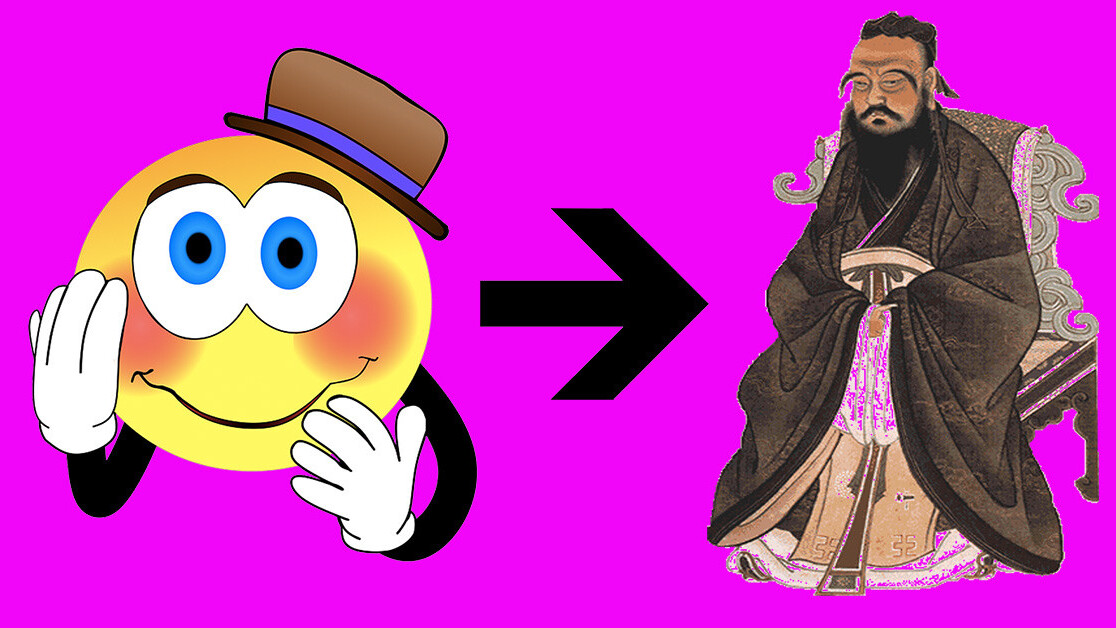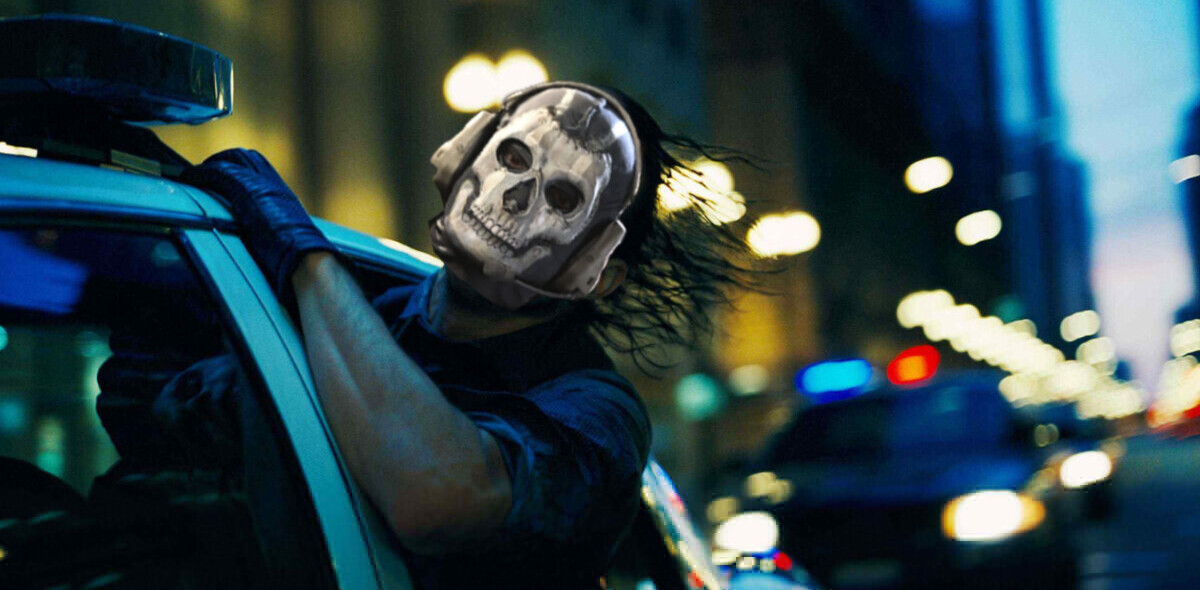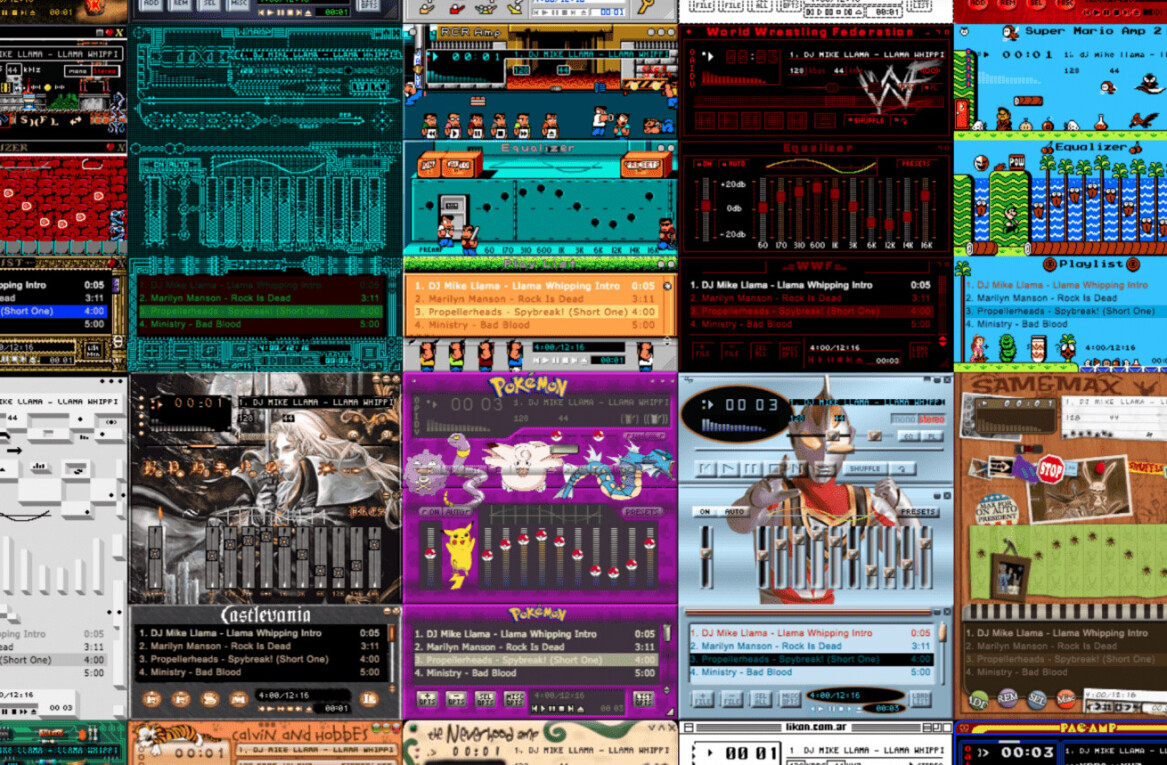
The human brain is a formidable machine.
Get yourself doing the same task over-and-over-and-over, and your brain will start shaping itself around that task.
If you’re an interface designer, chances are you’ll build a special eye for type sizes, alignment, color tones. If you’re focused in UX, your brain will likely be stronger in skills like systematic thinking, flow definition, hierarchy, and consistency.
The same applies for spotting errors.
The evolution of thoroughness
As you start your design career, finding mistakes and inconsistencies is a fun little exercise you do every now and then.
It’s exciting.
Each pixel off, you’re able to notice makes you feel more powerful. You feel entitled, sometimes even a little arrogant; after all, you are now able to poke holes in other people’s work. That’s an interesting superpower to have.
A few years in, your brain becomes even better at it — and you finally learn to use that skill for good. To create stronger work. To check yourself before sending out a deliverable to your team. To make sure everything you deliver is flawless, consistent, and thoroughly QA’d.
Fast-forward a decade, and your brain is completely transformed. Finding inconsistencies isn’t a conscious process anymore — it’s second nature.
You see patterns and flaws others don’t see.
You do it invisibly, without noticing or talking about it.
You do it simply because you can’t not do it.

Embarrassment gets you there faster
Honestly, the only way for you to learn from your mistakes is when someone catches them — either you or someone else. When no one catches an error, it’s like it never existed in the first place. You don’t learn anything from errors that went unnoticed.
Catching an error or inconsistency in your own designs is nerve-wracking. You feel powerless. You rush through to correct it, but the damage is done: you are already starting to question your own abilities as a designer.
Now, having an error caught by someone else is a thousand times worse.
It’s embarrassing; even destructive.
But it’s necessary.
(I’m talking about self-awareness, not someone else trying to actively shame you for a minor design inconsistency. That’s just wrong.)
Embarrassment plays an important role in shaping a bulletproof and inconsistency-free design skillset. The self-consciousness you feel when someone catches your mistakes becomes fuel to doubling your attention next time you are sending work out for other people to review.
The worse you feel, the more effort you’ll put into being more thorough and more attentive to details next time around — to avoid going through that negative feeling again.
The more your pride is hurt, the more your thoroughness builds.
Get the TNW newsletter
Get the most important tech news in your inbox each week.




